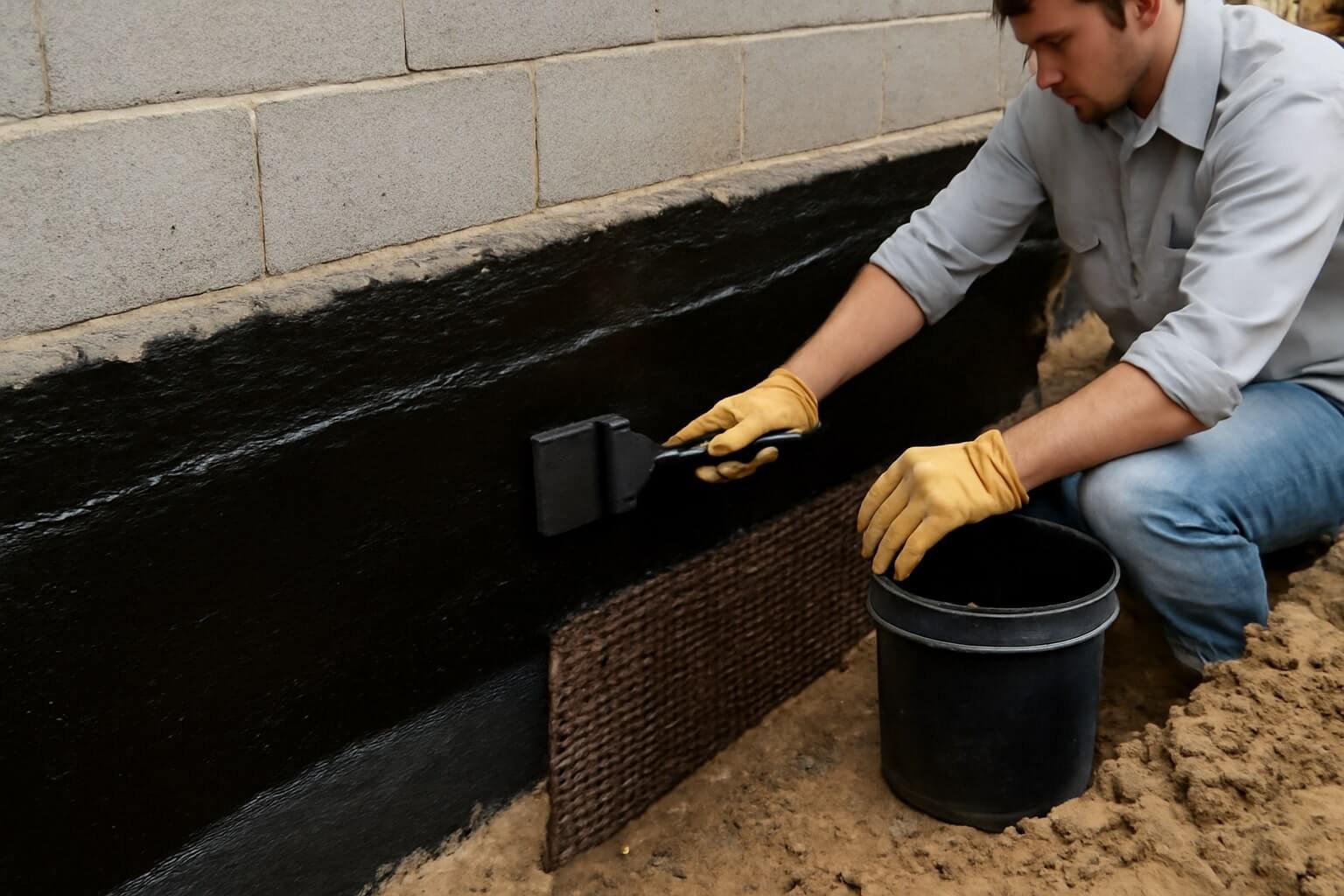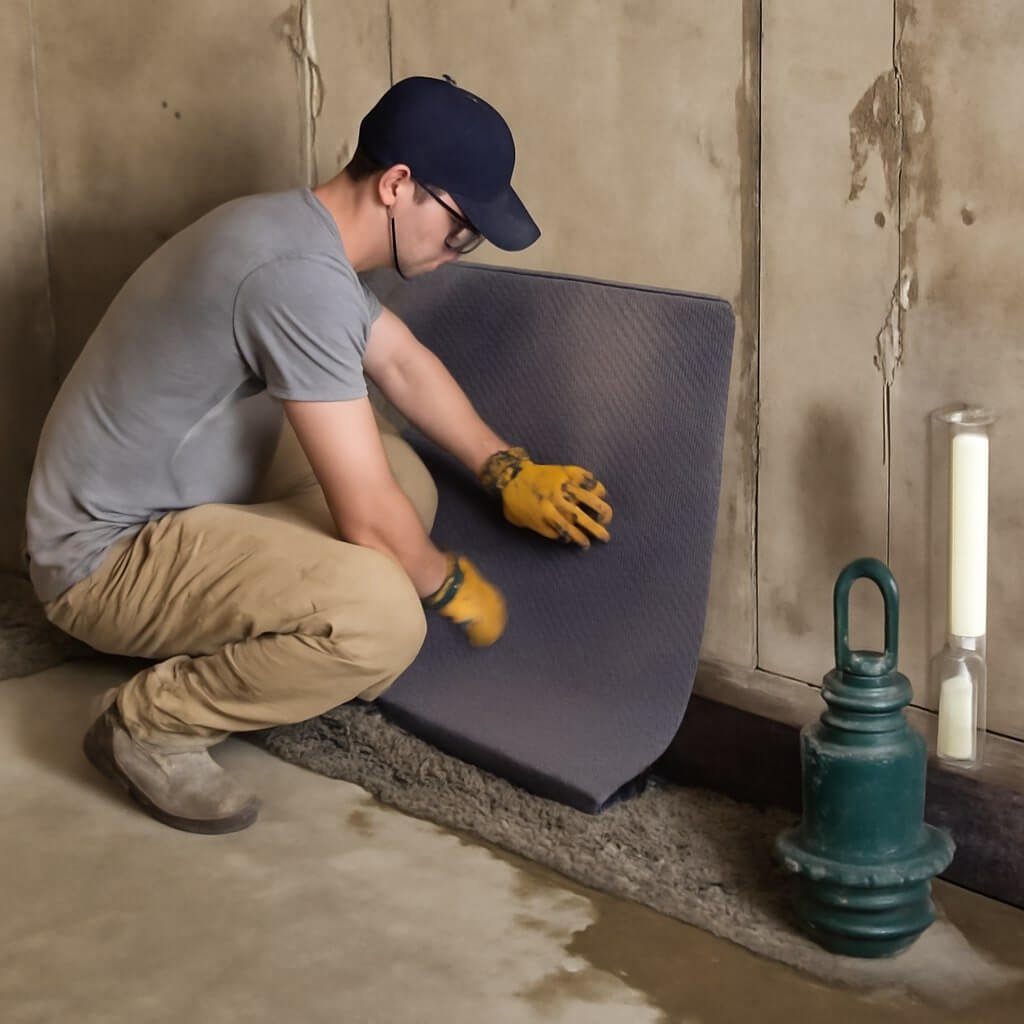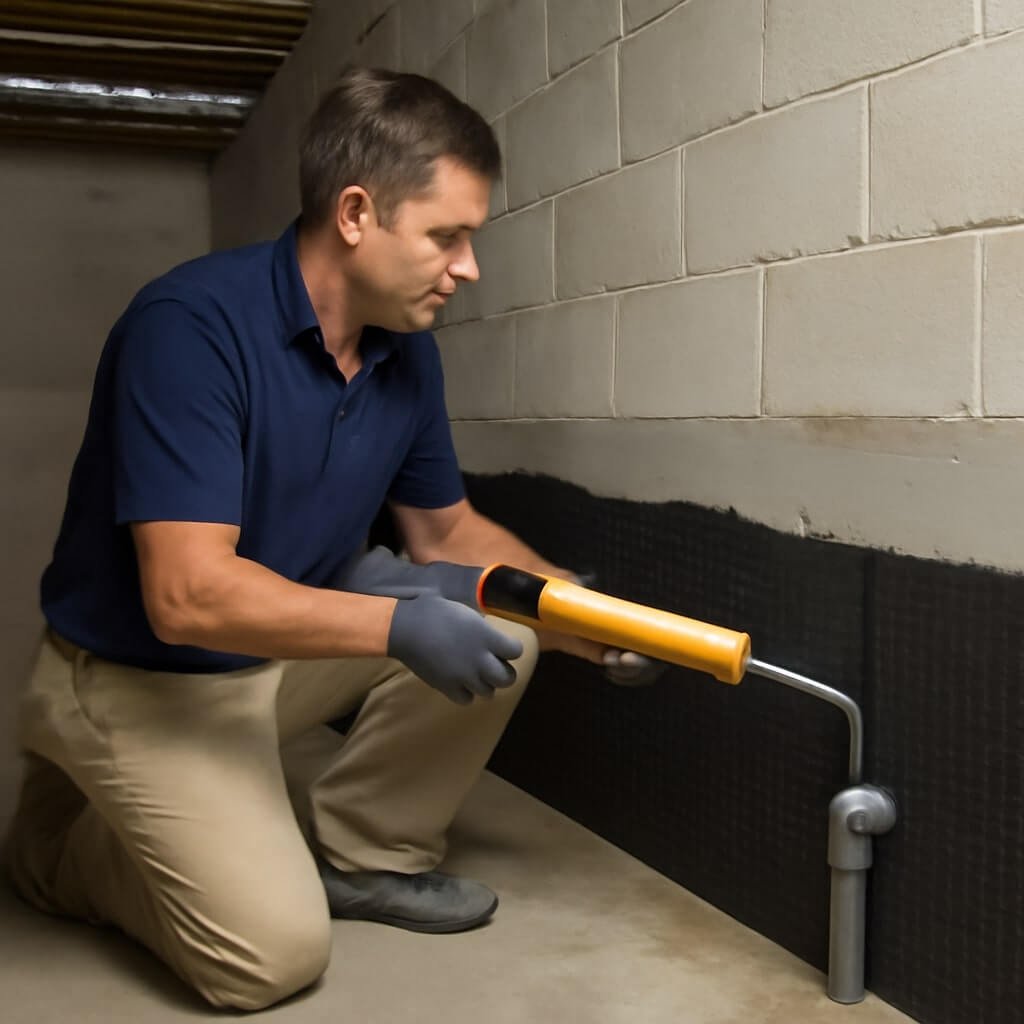Basement water problems can cause serious damage to your home, leading to mold, structural issues, and costly repairs. If you’re a homeowner, taking action early is key to protecting your investment and keeping your basement dry. This article offers the top basement water prevention tips for homeowners with 15 proven strategies designed to tackle water intrusion from all angles — exterior, interior, and structural. Whether you’re dealing with minor moisture or a persistent leak, these tips will help you maintain a safe, dry basement.
Understanding Basement Water Problems
Common Causes of Basement Water Intrusion
Water finds its way into basements through various routes. Poor drainage around your home, foundation cracks, and ineffective gutters are some of the usual suspects. Heavy rainfall or melting snow can overwhelm the soil around your foundation, causing hydrostatic pressure that forces water through even tiny openings.
Risks Associated with a Wet Basement
Ignoring basement water issues can cause mold growth, wood rot, and even damage to electrical systems. Over time, water can compromise your home’s foundation, leading to costly structural repairs. Additionally, damp environments affect indoor air quality, posing health risks for your family.
Exterior Water Prevention Techniques
Proper Grading and Landscaping
Ensure the ground slopes away from your home to direct water away from the foundation. A slope of at least 6 inches over 10 feet is ideal. Avoid landscaping that traps water near the foundation, and consider using gravel or permeable materials to improve drainage.
Installing and Maintaining Gutters and Downspouts
Gutters and downspouts play a critical role in diverting rainwater away from your basement. Regularly clean them to prevent clogs, and extend downspouts at least 5 feet away from the foundation. This simple step can drastically reduce water accumulation near your basement walls.
Using Exterior Waterproof Coatings and Sealants
Applying waterproof coatings to the foundation’s exterior adds an extra layer of protection. These materials prevent moisture from penetrating the concrete or masonry. For best results, apply these sealants during dry weather and ensure the surface is clean and free of cracks.
Interior Basement Waterproofing Solutions
Applying Interior Sealants and Paints
Interior waterproof paints and sealants can block moisture from seeping through basement walls. While they’re not a standalone solution for major water problems, they’re effective for reducing minor dampness and improving the basement’s overall moisture resistance.
Installing a Basement Sump Pump System
A sump pump is essential if your basement experiences frequent flooding. It collects water from the lowest point and pumps it away from your home. Regular maintenance of the sump pump ensures it works efficiently during heavy rains.
Using Dehumidifiers for Moisture Control
Dehumidifiers reduce indoor humidity levels, making your basement less hospitable to mold and mildew. For best results, use a unit with adequate capacity for your basement size and empty the water reservoir regularly.
Structural Solutions for Water Prevention
Repairing Foundation Cracks
Cracks in your foundation create direct pathways for water intrusion. Seal small cracks with epoxy or polyurethane injections. Larger or structural cracks might require professional repair to prevent further damage.
Installing French Drains and Drain Tiles
French drains redirect water away from your foundation by collecting it underground and channeling it to a safe outlet. Drain tiles serve a similar purpose by surrounding the foundation with a drainage system that reduces hydrostatic pressure.
Basement Wall Insulation and Vapor Barriers
Proper insulation combined with vapor barriers helps control moisture migration and keeps basement walls dry. Choose materials designed for below-grade installation to prevent condensation and heat loss.
Regular Maintenance and Monitoring
Routine Inspection Tips
Regularly inspect your basement walls, floors, and plumbing for signs of moisture, leaks, or damage. Early detection is crucial for preventing small problems from escalating.
Seasonal Maintenance Checklist
Prepare your home for rainy seasons by cleaning gutters, checking downspouts, inspecting sump pumps, and verifying that grading remains effective. Seasonal maintenance helps you stay ahead of potential water problems.
When to Call a Professional
Signs You Need Expert Help
Persistent water intrusion, significant foundation cracks, or malfunctioning sump pumps are all signs you should call a professional. DIY fixes have limits, and experts have the tools and experience to tackle complex issues.
Choosing the Right Waterproofing Contractor
Look for licensed, insured contractors with strong reviews and experience in basement waterproofing. Obtain multiple quotes and ask about warranties and service guarantees before committing.
Frequently Asked Questions (FAQs)
How often should I inspect my basement for water issues?
It’s best to inspect your basement at least twice a year, preferably before and after rainy seasons.
Can I waterproof my basement myself?
Minor tasks like sealing small cracks and applying interior paints can be DIY projects, but major waterproofing often requires professional help.
Will landscaping alone prevent basement water problems?
Good landscaping is essential, but usually works best when combined with other waterproofing techniques.
How long do sump pumps typically last?
With proper maintenance, sump pumps usually last about 7-10 years.
Q5: Is basement mold dangerous?
Yes, mold can cause allergic reactions and respiratory issues, so it’s important to keep your basement dry.
Conclusion
Preventing basement water problems requires a combination of exterior and interior strategies, regular maintenance, and timely professional intervention. By following these top basement water prevention tips, homeowners can safeguard their basements from moisture damage and protect their homes’ value. Don’t wait for the next storm to reveal hidden leaks—take action now to keep your basement dry and healthy.




